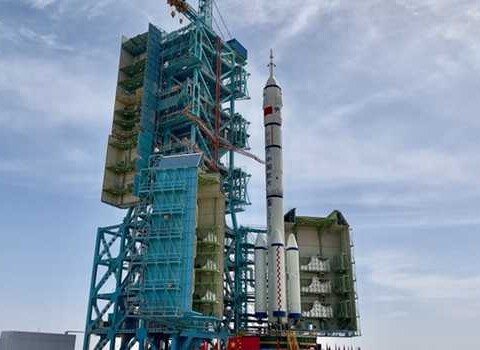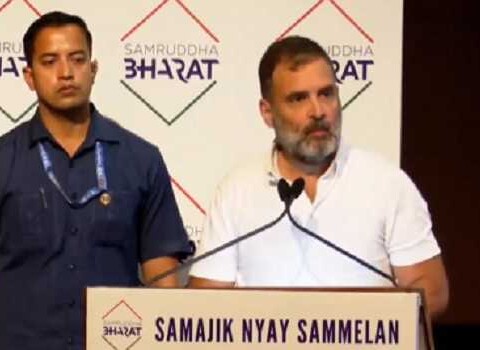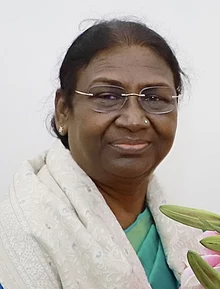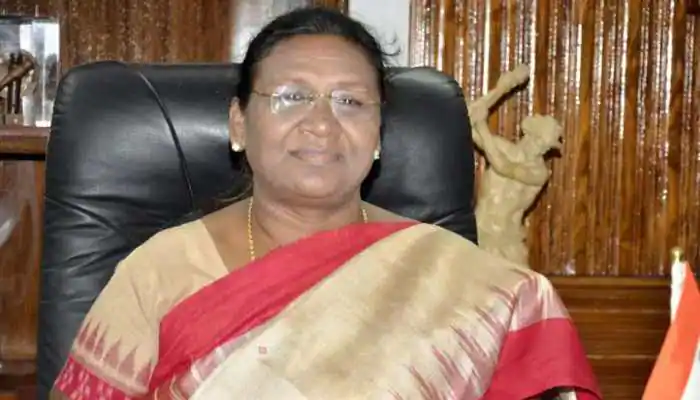Amanjeet Singh

The Gurudwara stands testimony to the years of communal harmony. It was during the hey-day of armed rebellion in 1990s that construction of Gurudwara complex began. The construction is still in process. A three-floored building to provide free of cost shelter to people irrespective of faiths have been constructed in recent years. Plus, a spacious building for free kitchen services has been recently inaugurated.
Srinagar: A Sunday for Rabinder, a government employee in her late forties is not a day for taking rest. Every Sunday she travels from Rangreth area in Srinagar’s outskirts to volatile Downtown’s Rainawari in order to pay obeisance at historical Sikh Pilgrimage site, Gurudwara Chattispadshahi (literary Sixth King or Guru) situated at the foothill of Hari Prabat just outside the Khati Darwaza.
Sitting around the sanctum sanctorum in the main rectangular Gurudwara complex she spends couple of hours in devotion. For her, she says, it is not only the matter of religious obligation, but all about the peace of mind one feels her that keeps them going for a week.
“It is a tough task to skip a visit. I feel incomplete if by chance I am unable to pay a visit once a week,” she says, the calm and peace of this place can rest the restlessness in one’s thoughts and even actions.
The historical and religious significance of this place in a sulim majority area dates back to 15th century.
“It is believed that Guru Nanak Ji, the first Sikh Guru visited Hari Prabat in 15 century. During his course of stay he spread the message of peace and communal harmony. His impact was such that few people there subscribed to his teachings,” Daleep Singh Deepak, a historian says.
In 1600s it was after a century of Guru Nanak’s visit that sixth six Guru, Guru Hargobind visited Kashmir.
“When the sixth six Guru, Guru Hargobind Sahib visited Kashmir he covered almost all parts of the Kashmir in a year of 1616. Chattispadshahi Gurudwaras in Pulwama, Srinagar and Baramulla stand testimony to what I will say,” says Deepak
Mata Bhaag Bhari, devote of Guru Nanak, was longing for a glimpse of his successor, the sixth Guru, Guru Hargobind Sahib, he says
“It was on the call of Mata Bhaag Bhari, that Guru Sahib visited her house, which is now known as Chattispadshahi Gurudwara Rainawari,” he adds
The popular legend goes like this: “Mata Bhaag Bhari in her old age had lost her eyesight, but her wish of seeing the Guru was not materialised. It was only after the Guru visited her to bring back the lost eyesight by sprinkling of few water drops.
“When Mata Bhaag Bhari saw Guru after her eyesight got restored, she wished to die only to be criminated by the Guru himself. After a very brief spell of illness Mata Bhaag Bhari died and Guru ji performed her last rites,” he claims attributing it to books written by Dr. Gopal Singh, an eminent scholar.
It was the spiritual connection between Mata Bhaag Bhari and the Guru that when he was visiting Kashmir he paid her a visit. She had also presented her the gown weaved by her hand in her youth.
When people living around the Hari Prabat complained of severe water scarcity the sixth guru ordered to dig a well which can still be seen in the premises of Gurudawara. As a part of ritual, every person who pays a visit there is required to drink few drops, sprinkle some on their eyes from the sacred well whose dimensions have not been calculated.
It is believed that Guru himself started the work by hitting the iron spear onto the ground.
Baldev Singh, a sixty two-year-old native of Punjab gave up his promising medical career to serve at Sringar’s Chattipadshahi Gurudwara. From 1985 he has been involved in the construction of Gurudwaras across the state.
“Till late 1980s only a dilapidated structure was housing a Gurudwara, but it was after that construction of Chattipadshahi Gurudwaras in the valley was undertaken by the volunteer group called Kar Sewaks headed by Harban Singh,” recalls Baldev.
One cannot estimate the cost involved in constructions, we keep no record. People donate and we utilize in the best possible way, claims another Sewak.
The Gurudwara stands testimony to the years of communal harmony. It was during the hey-day of armed rebellion in 1990s that construction of Gurudwara complex began. The construction is still in process. A three-floored building to provide free of cost shelter to people irrespective of faiths have been constructed in recent years. Plus, a spacious building for free kitchen services has been recently inaugurated.
The Gurudwara serves as headquarter for overseeing the construction works in valley’s different parts. An equipment to design and make wooden and iron panes have been installed which are then supplied to other construction sites. Recently material from the “mini-factory’’ was supplied to construct a new Gurudwara complex in frontier area of Uri and even to remote parts of Leh.
Besides a considerable presence of devotees on Sundays, four major functions are celebrated here. Birthday of Guru Hargobind Sahib is the major function celebrated here. According to management around 20,000 people throng the place.
“Earlier the celebrations were on for three days, and the duties to manage the function was divided. The duties were distributed among three regions (South, Central and North) for three days of function. However the trend has changed now. Now the Srinagar’s Gurudwara Management Committee looks after the affairs and events taking place here,” Daleep Singh says.
The Gurudwara served as refugee camp for Sikhs who escaped from Pakistan’s part of Kashmir in 1947. Families who migrated from other part of Kashmir camped in the Gurudwara compound for few weeks, Daleep Singh said
It was during the floods of 2014 that hundreds of affected families of Srinagar took refuge at this religious place.
“That was the time when I witnessed how this place has been blessed. People irrespective of faiths and diversity stayed here for weeks together. We don’t know how the eatables were reaching here. How they were disturbed. Had it been some other place many would had been killed in the stampede,” Baldev Singh, a volunteer exclaimed.
The story appeared in print edition of May 24-30, 2017.










